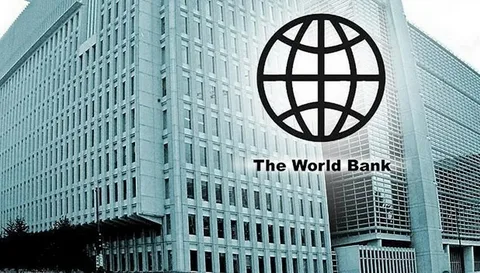World Bank Moves to Close Digital Gap for 2.6 Billion People

World Bank has taken a major step toward bridging the digital gap for 2.6 billion people across the globe. As the world becomes increasingly connected, billions still lack access to basic digital tools and internet services. This move could bring life-changing opportunities to those left behind in the digital age.
Table of Contents
What’s Happening?
In a bold new effort, the World Bank has announced plans to speed up digital access for underserved regions. The project focuses on delivering internet connectivity, affordable devices, and basic digital education to low-income populations. This effort targets communities in Africa, South Asia, Latin America, and other areas where the digital gap for 2.6 billion people is most noticeable.
Why It Matters
Access to digital technology is no longer a luxurynit’s a necessity. From education and healthcare to banking and employment, the internet plays a key role in everyday life. The digital gap for 2.6 billion people means a huge part of the world is being left behind economically and socially. By closing this gap, the World Bank hopes to promote fairness and unlock growth in developing nations.
Big Investment

To tackle the issue, the World Bank is working with governments, tech companies, and global investors. Billions of dollars are expected to be funneled into this initiative over the next few years. Infrastructure like fiber optic cables, mobile towers, and public Wi-Fi hubs will be built to help close the digital gap for 2.6 billion people.
Key Challenges
While the goal is ambitious, it won’t be easy. Many areas still lack roads, electricity, or political stability making tech access harder. There are also challenges with digital literacy and affordability. The World Bank plans to address these issues by offering training, support programs, and public-private partnerships to ensure lasting results.
What’s the Goal?
The main goal is to make digital access universal and affordable. By 2030, the World Bank wants to ensure that every person, no matter their income or location, can access and benefit from the digital world. This means not just internet connections, but also skills to use digital tools effectively.
Conclusion
The World Bank push to bridge the digital gap for 2.6 billion people is a game-changing effort in the fight for global equality. If successful, it will transform lives, boost economies, and bring millions into the modern digital economy. Closing this gap isn’t just a tech challenge it’s a human rights mission.






